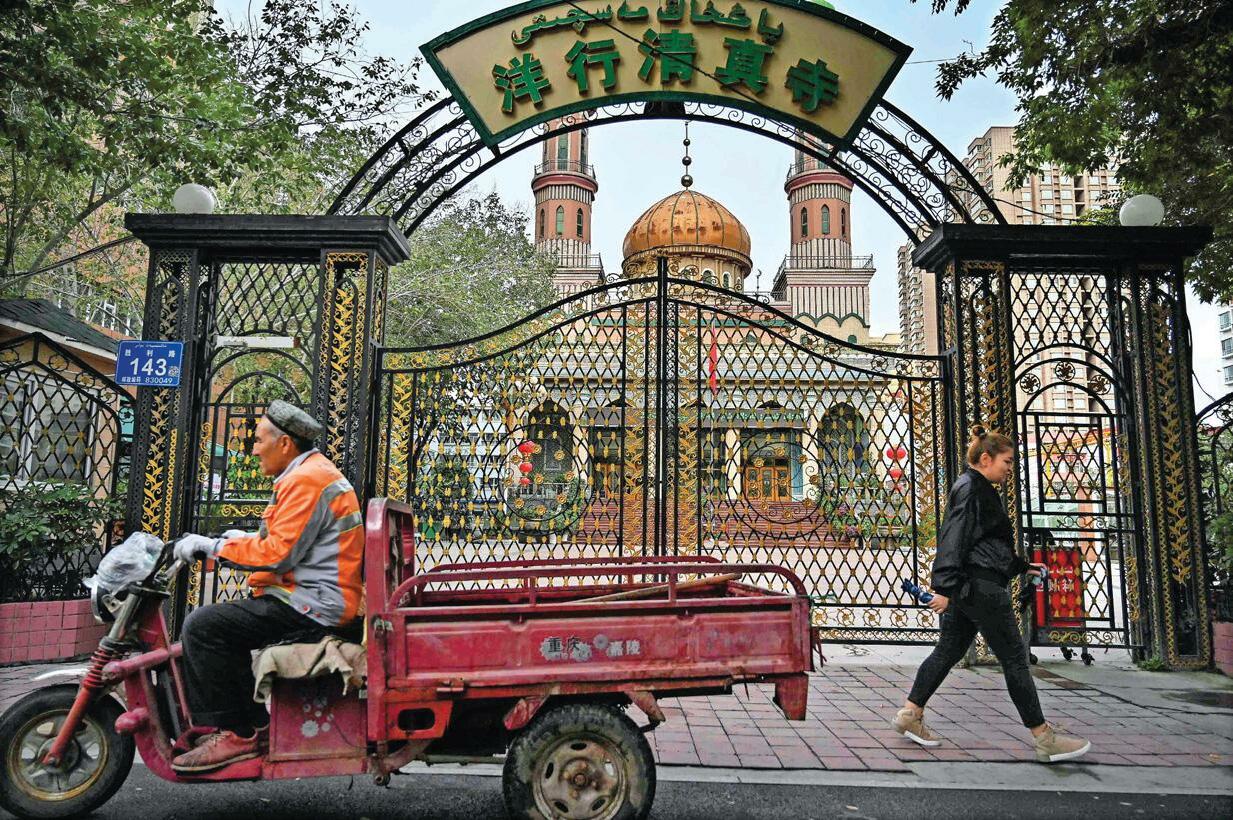
On June 3, 1989, the Chinese government sent tanks, armoured vehicles, soldiers and armed police to clear Tiananmen Square, which is among the world's largest public spaces, and its periphery off protesters and bystanders. A large number of people were killed overnight and until next evening.
Thousands had gathered from across the country in the weeks leading up to the crackdown to demand political reforms, support the protests or witness what turned out to be one of the 20th century's most significant events. The Communist Party of China has since done a lot to keep any challenge to its rule, even notional, at bay.
China has witnessed a vigorous crushing of civil liberties over the past decade. India saw the freedoms of speech and faith come under strain during a similar period. While the two countries cannot be compared on this matrix, India could heed the lessons from China.
This year, the Hong Kong police detained an artist for drawing "8964"-a reference to the date of the Tiananmen Square crackdown in the air. Others were arrested for gestures such as turning on their phone torch, associated with a vigil that is no longer allowed. The commemoration is barred in China. Under a national security law following the pro-democracy protests in 2019-20, Hong Kong is being made to resemble the mainland. Thousands, mostly youth, were arrested after that. Tiananmen Mothers, an NGO of the families of students killed that summer in Beijing, are not allowed to grieve in public.
So far, the party has termed the Mao-era Cultural Revolution (1966-76) a turbulent phase. It has not acknowledged 1989 more than a “political incident”.
Maya Wang, interim China director at Human Rights Watch, a US-based global NGO, described the condition of civil liberties in today’s China as “dystopian”. “Things have gotten worse since Xi came to power in 2012,” she said. “The deepening repression is particularly significant in Xinjiang, Tibet and Hong Kong.”
This story is from the {{IssueName}} edition of {{MagazineName}}.
Start your 7-day Magzter GOLD free trial to access thousands of curated premium stories, and 9,000+ magazines and newspapers.
Already a subscriber ? Sign In
This story is from the {{IssueName}} edition of {{MagazineName}}.
Start your 7-day Magzter GOLD free trial to access thousands of curated premium stories, and 9,000+ magazines and newspapers.
Already a subscriber? Sign In

What Will It Take To Clean Up Delhi Air?
IT IS ASKED, year after year, why Delhi’s air remains unbreathable despite several interventions to reduce pollution.

Trump and the crisis of liberalism
Although Donald Trump's election to a non-consecutive second term to the US presidency is not unprecedented—Grover Cleveland had done it in 1893—it is nevertheless a watershed moment.

Men eye the woman's purse
A couple of months ago, I chanced upon a young 20-something man at my gym walking out with a women’s sling bag.

When trees hold hands
A filmmaker explores the human-nature connect through the living root bridges

Ms Gee & Gen Z
The vibrant Anuja Chauhan and her daughter Nayantara on the generational gap in romance writing

Vikram Seth-a suitable man
Our golden boy of literature was the star attraction at the recent Shillong Literary Festival in mysterious Meghalaya.

Superman bites the dust
When my granddaughter Kim was about three, I often took her to play in a nearby park.

OLD MAN AND THE SEA
Meet G. Govinda Menon, the 102-year-old engineer who had a key role in surveying the Vizhinjam coast in the 1940s, assessing its potential for an international port

Managing volatility: smarter equity choices in uncertain markets
THE INDIAN STOCK MARKET has delivered a strong 11 per cent CAGR over the past decade, with positive returns for eight straight years.

Investing in actively managed low-volatility portfolios keeps risks at bay
AFTER A ROARING bull market over the past year, equity markets in the recent months have gone into a correction mode as FIIs go on a selling spree. Volatility has risen and investment returns are hurt.